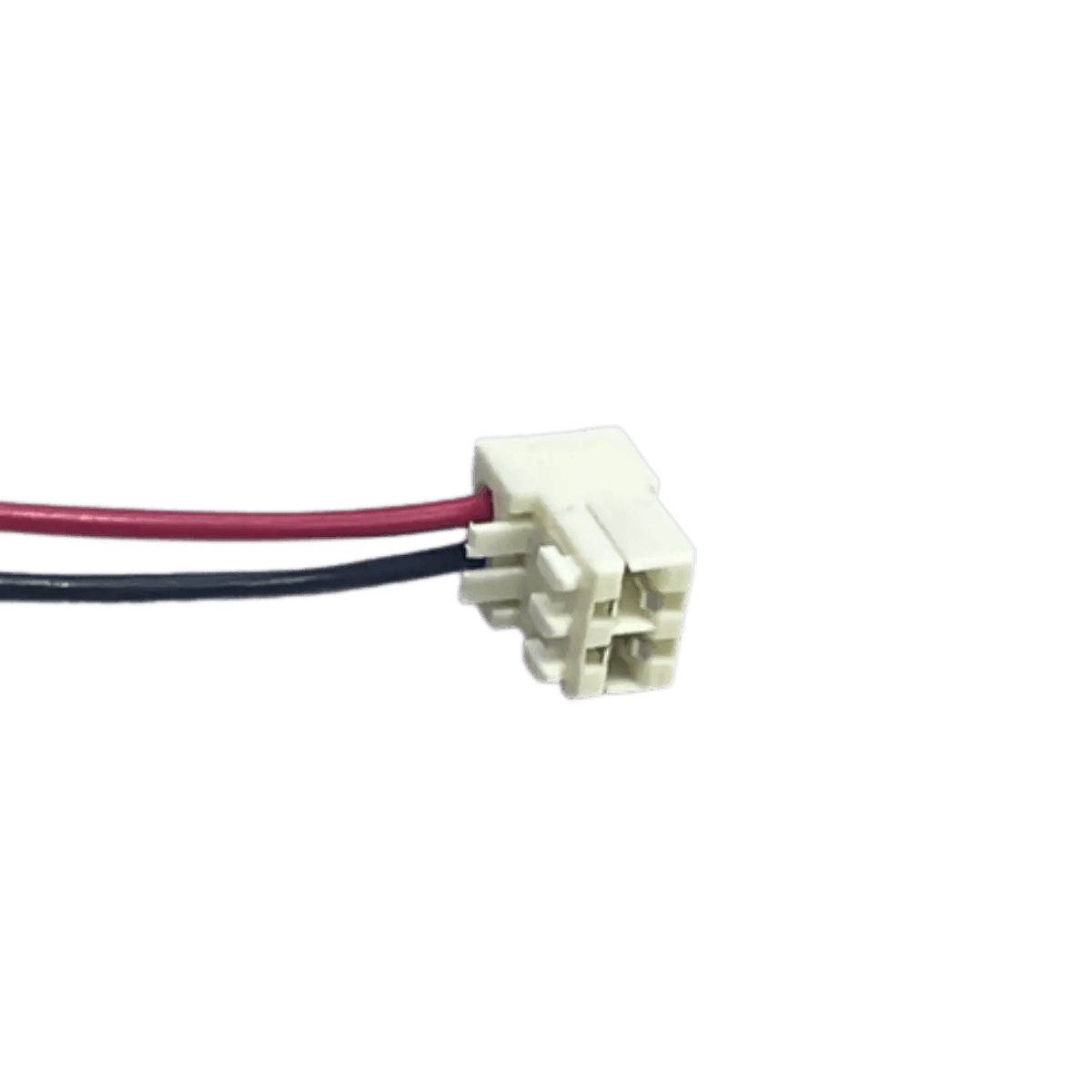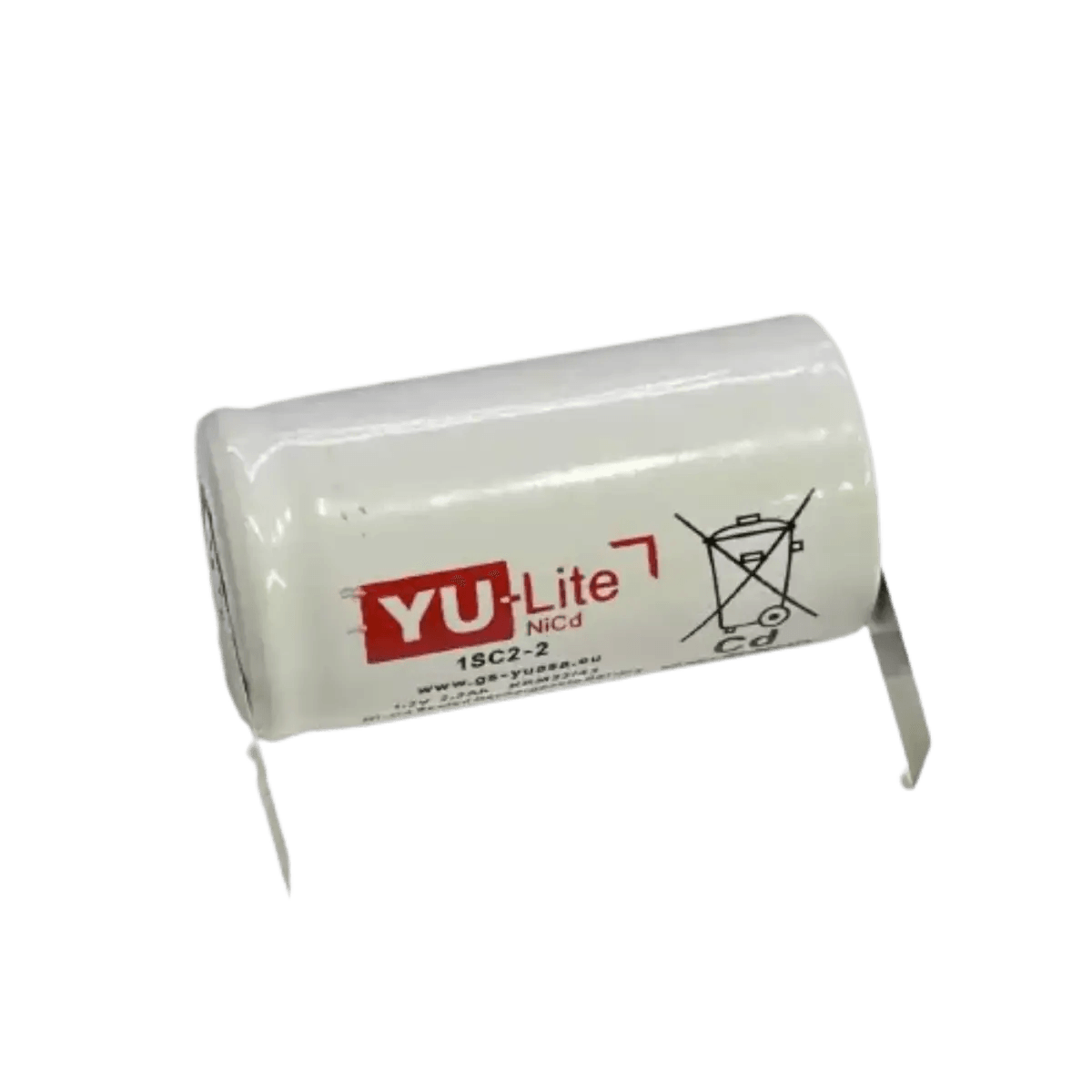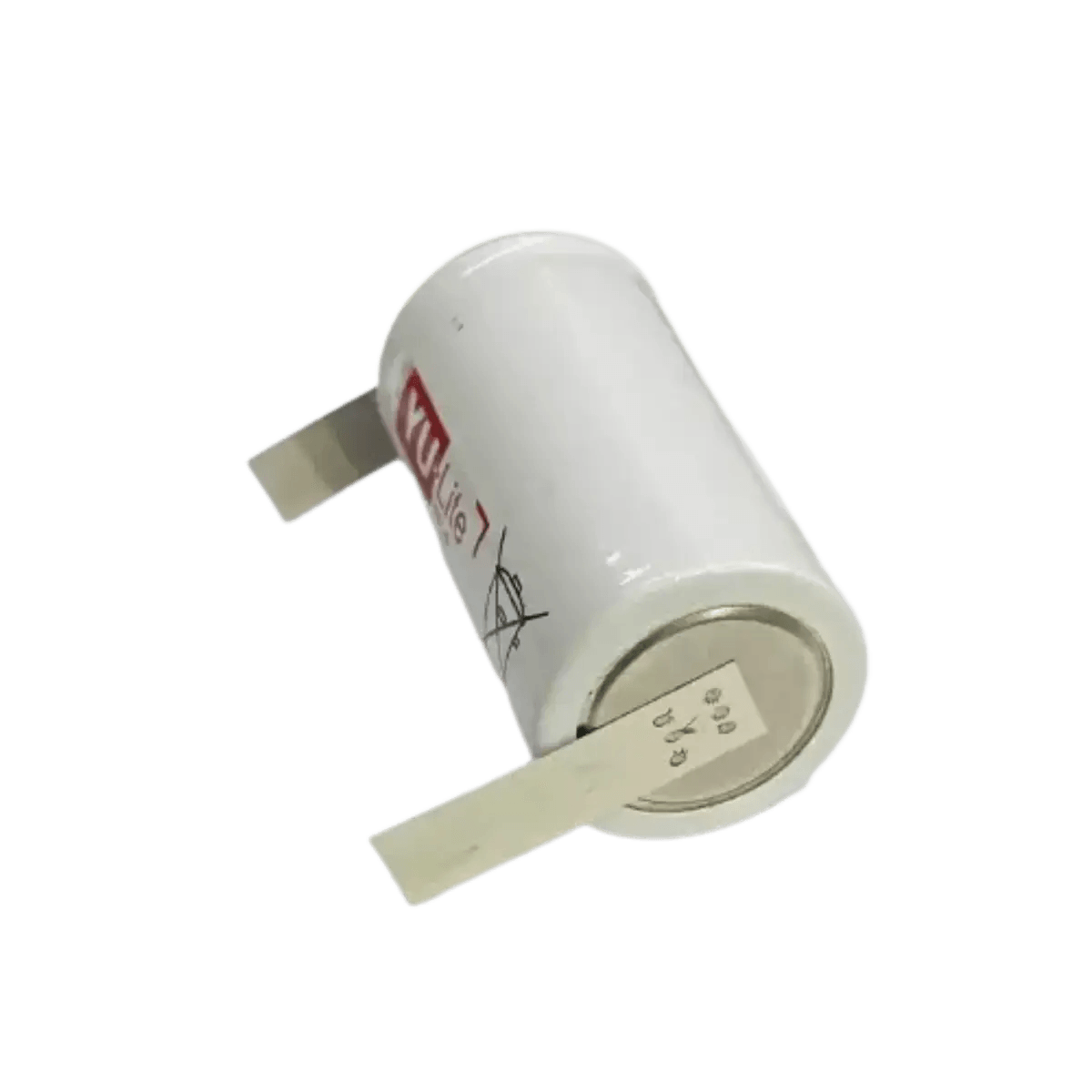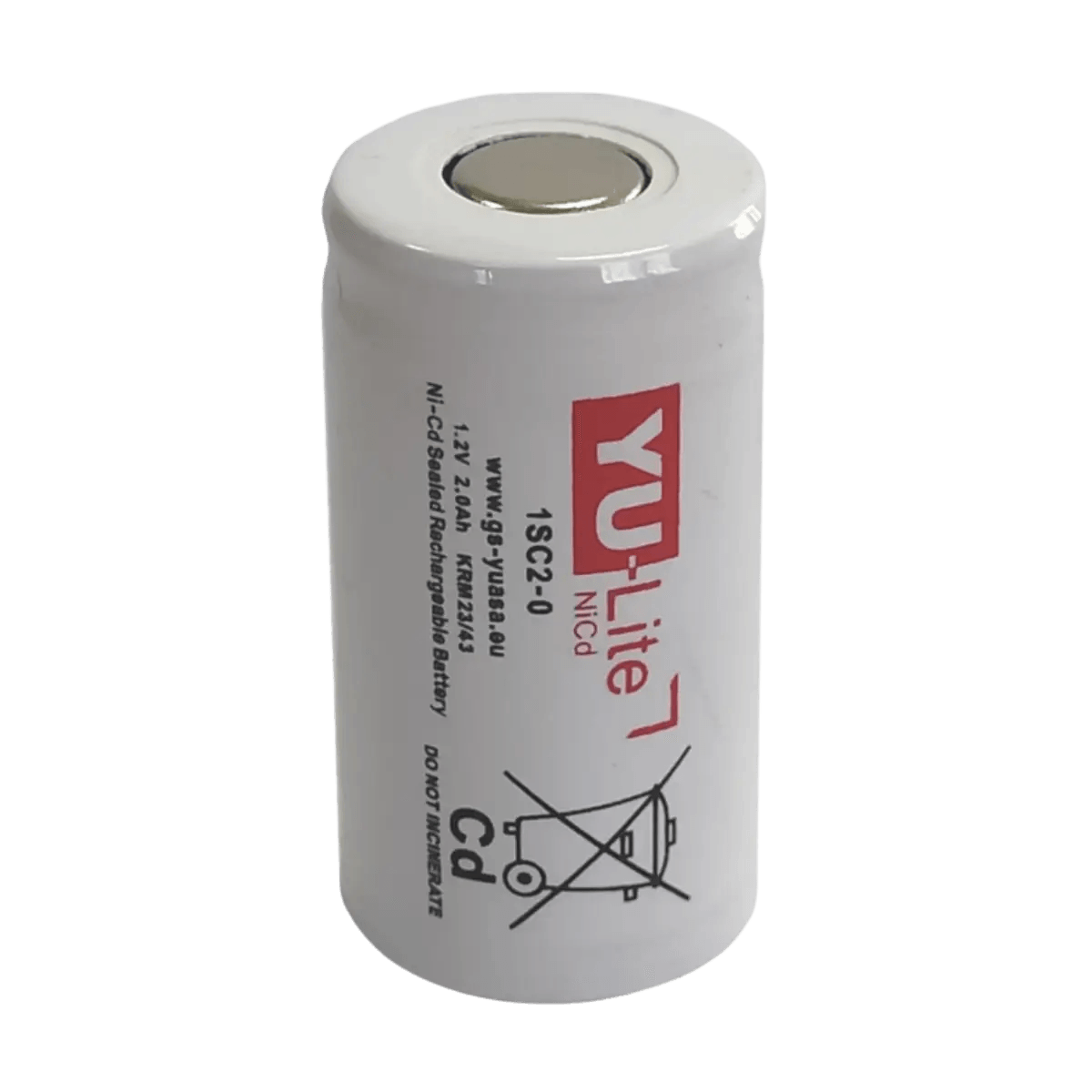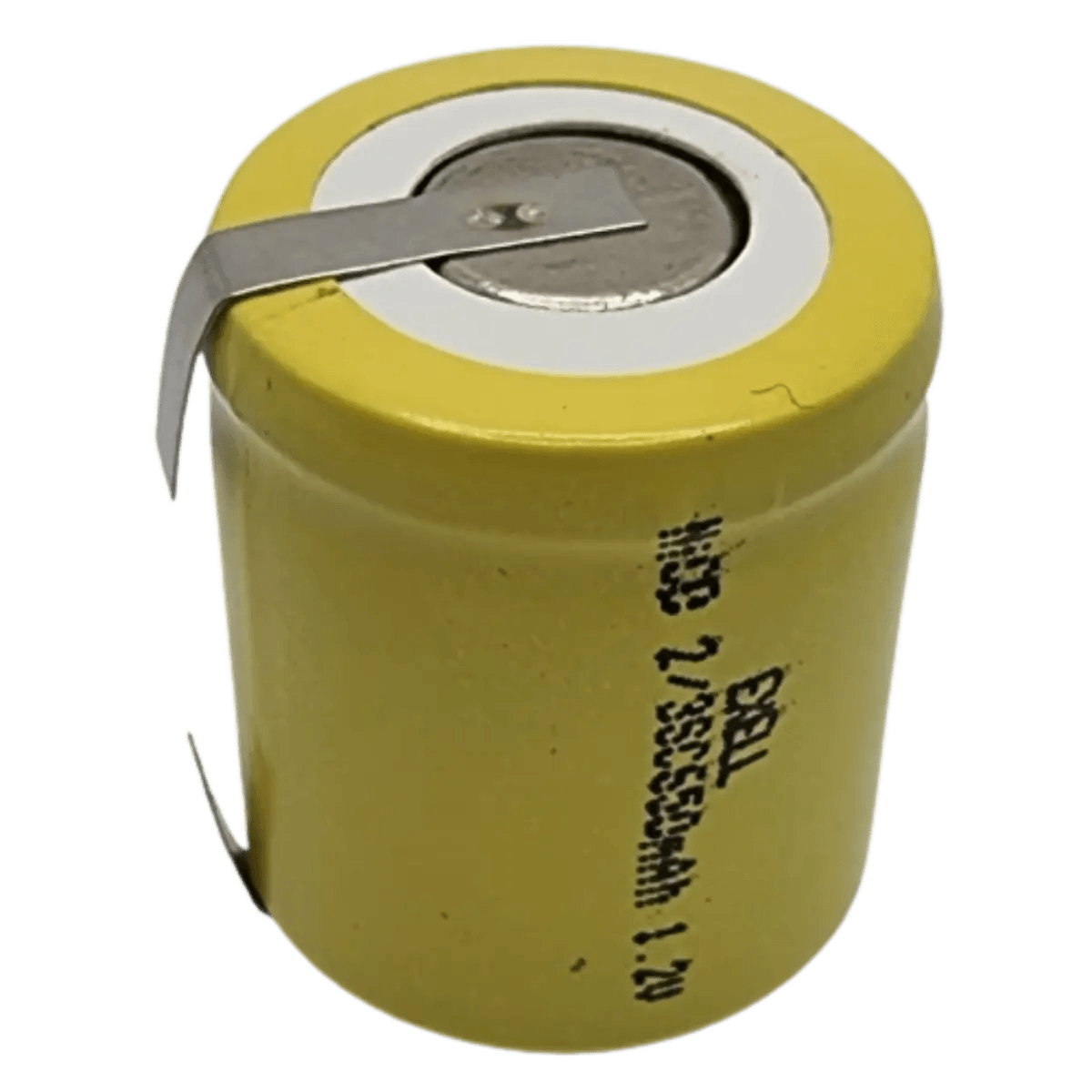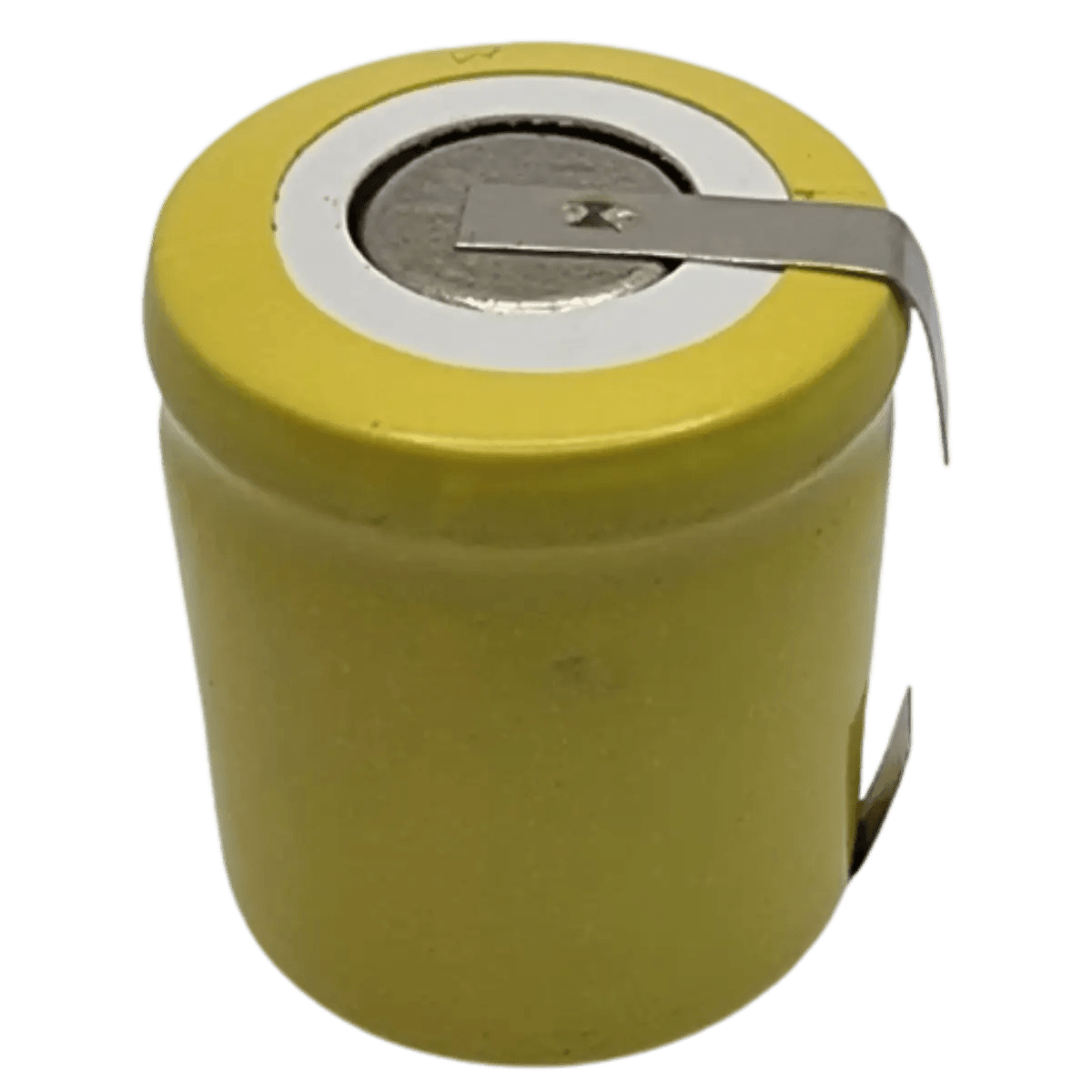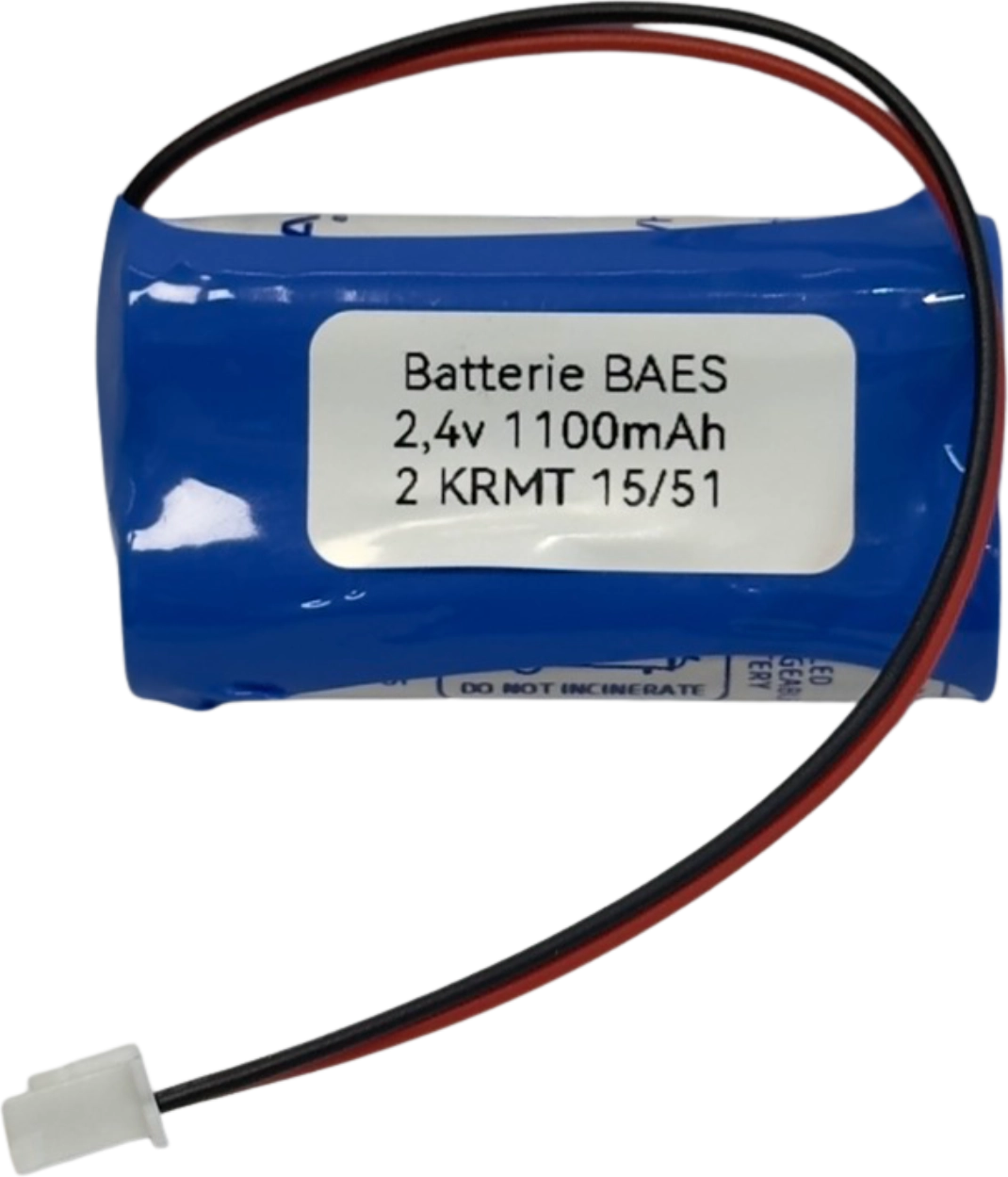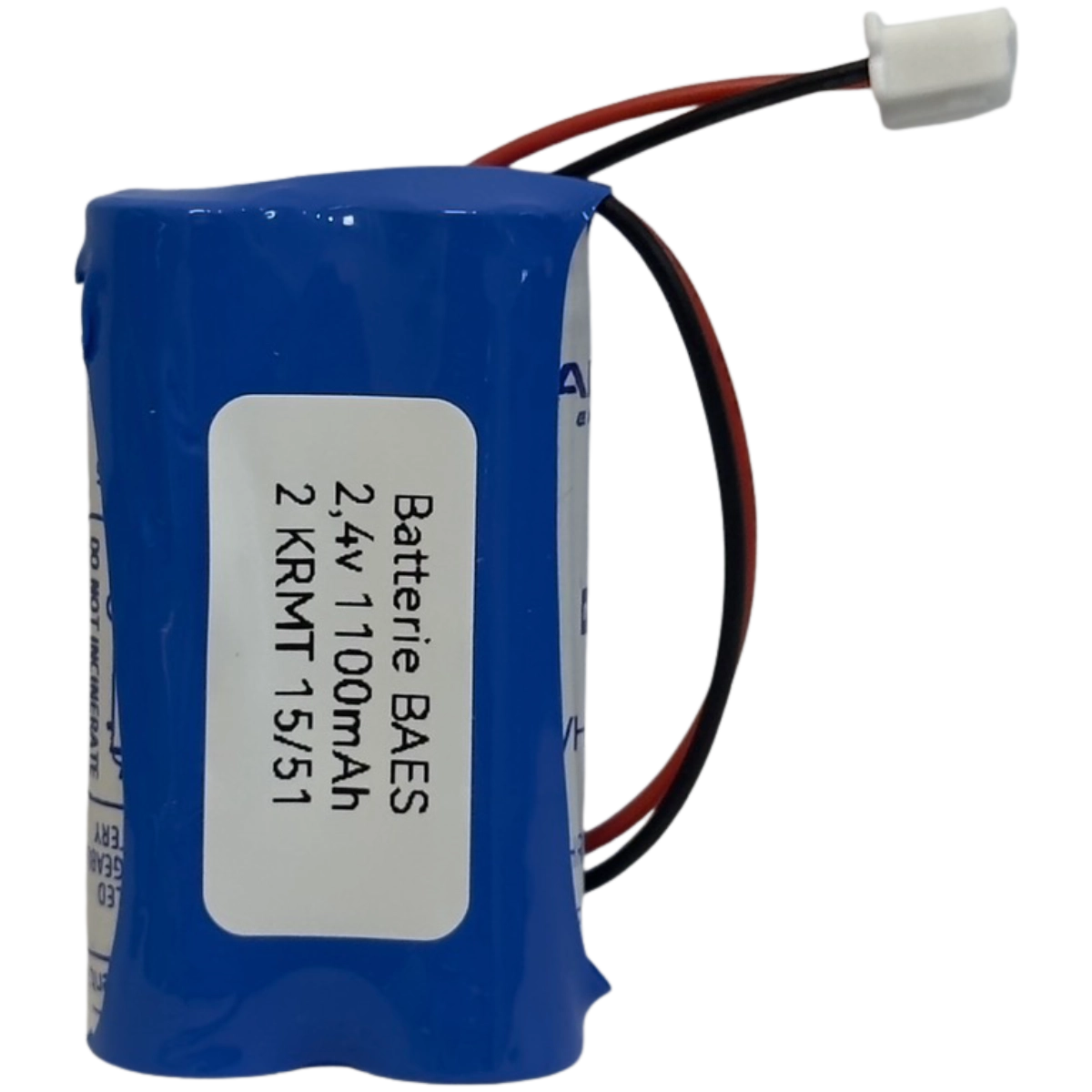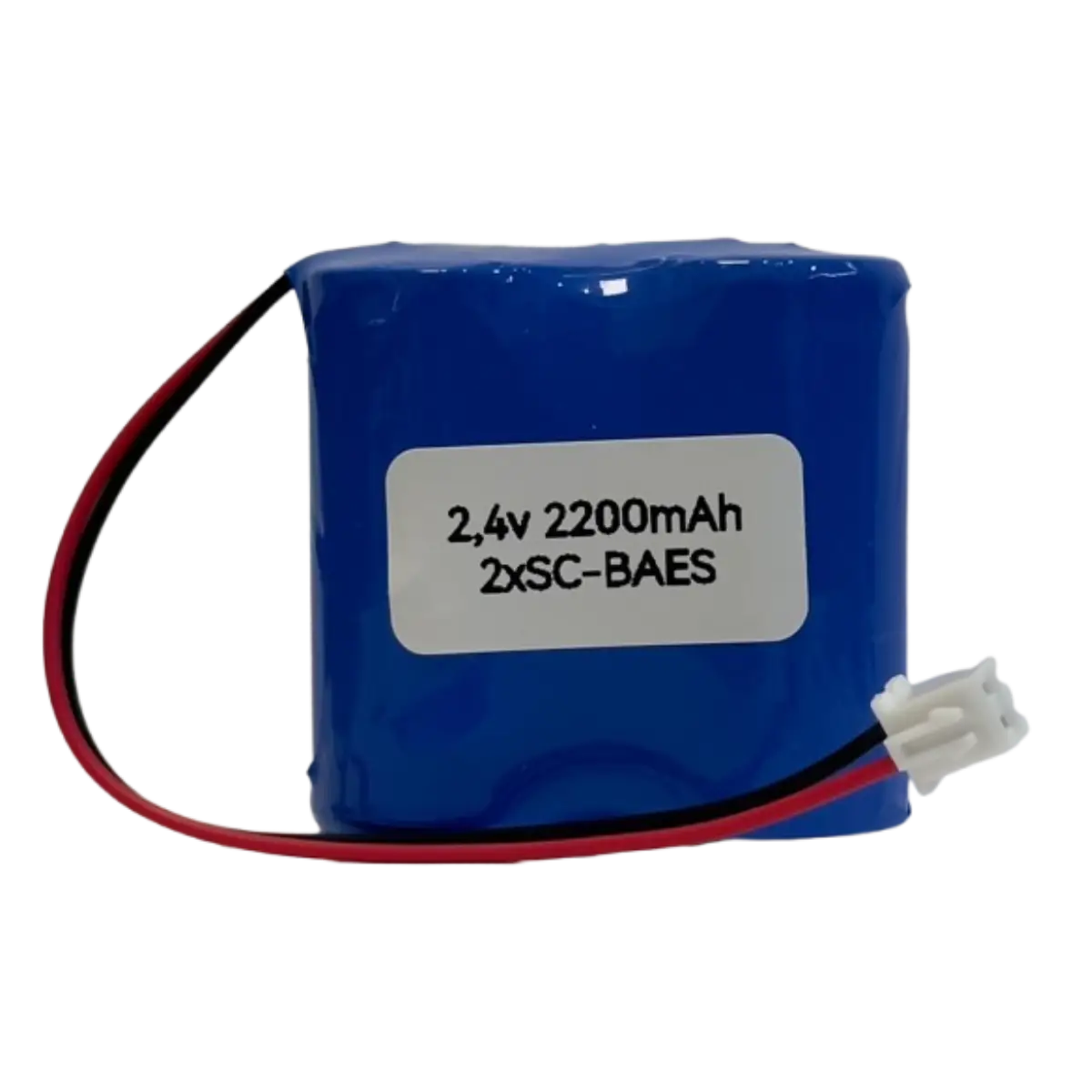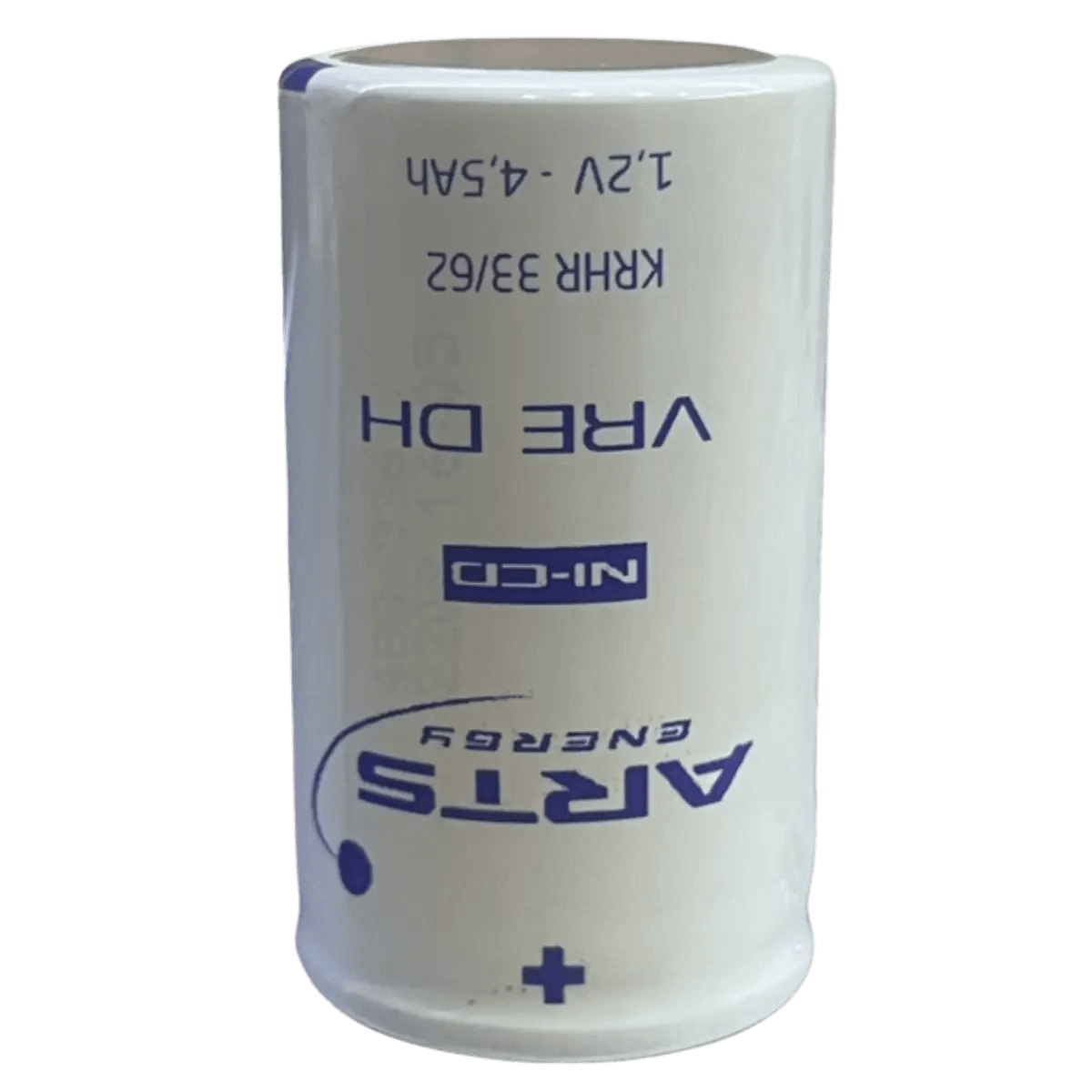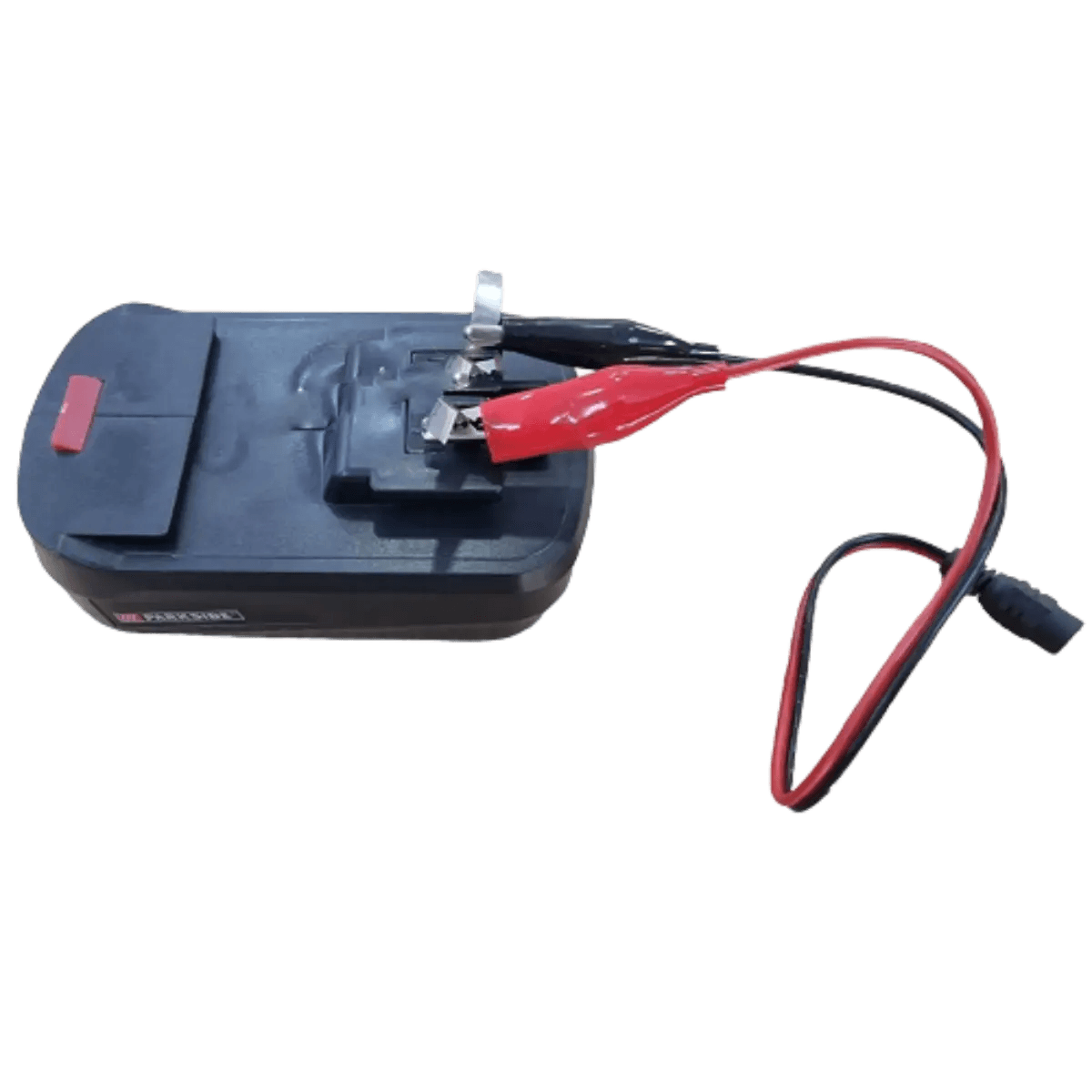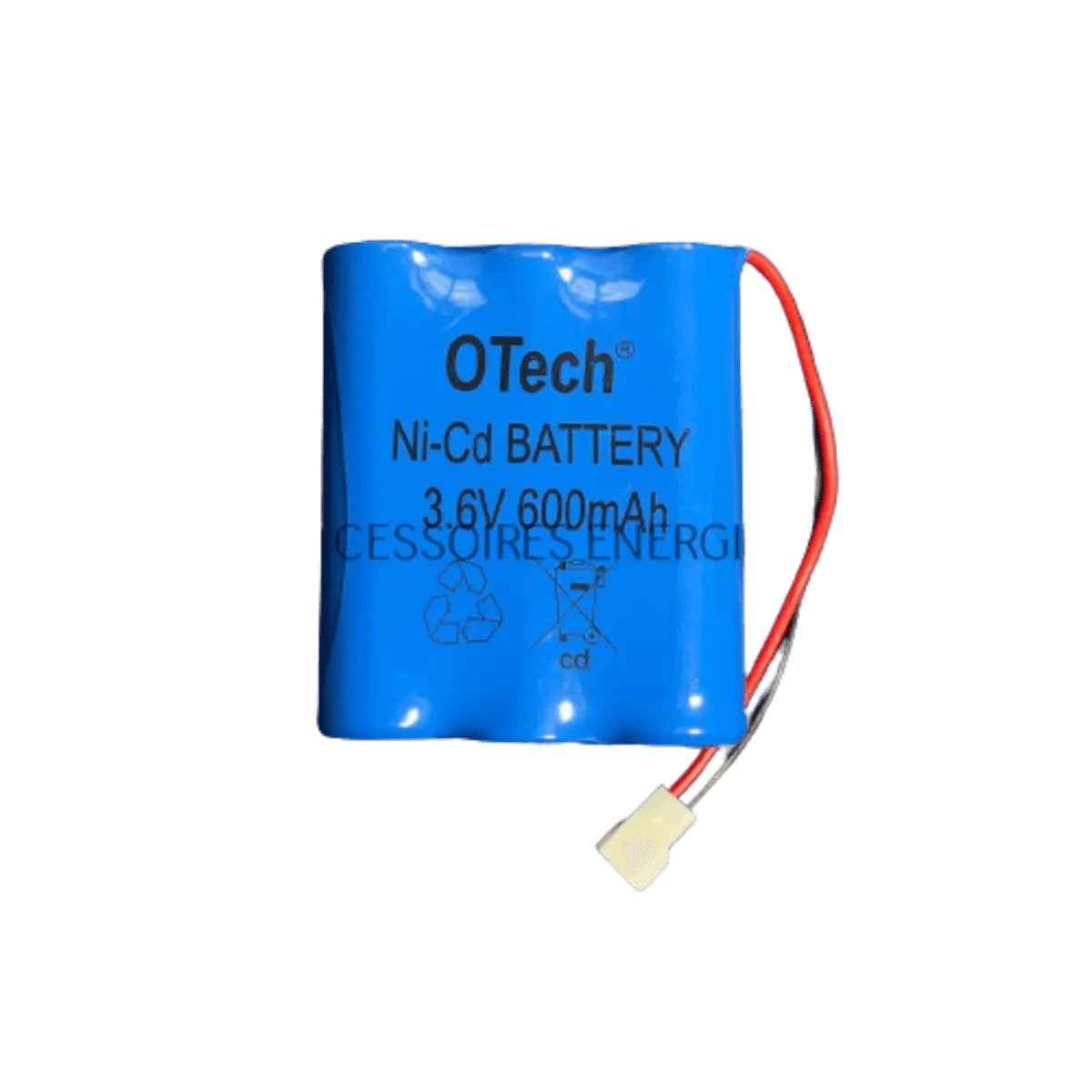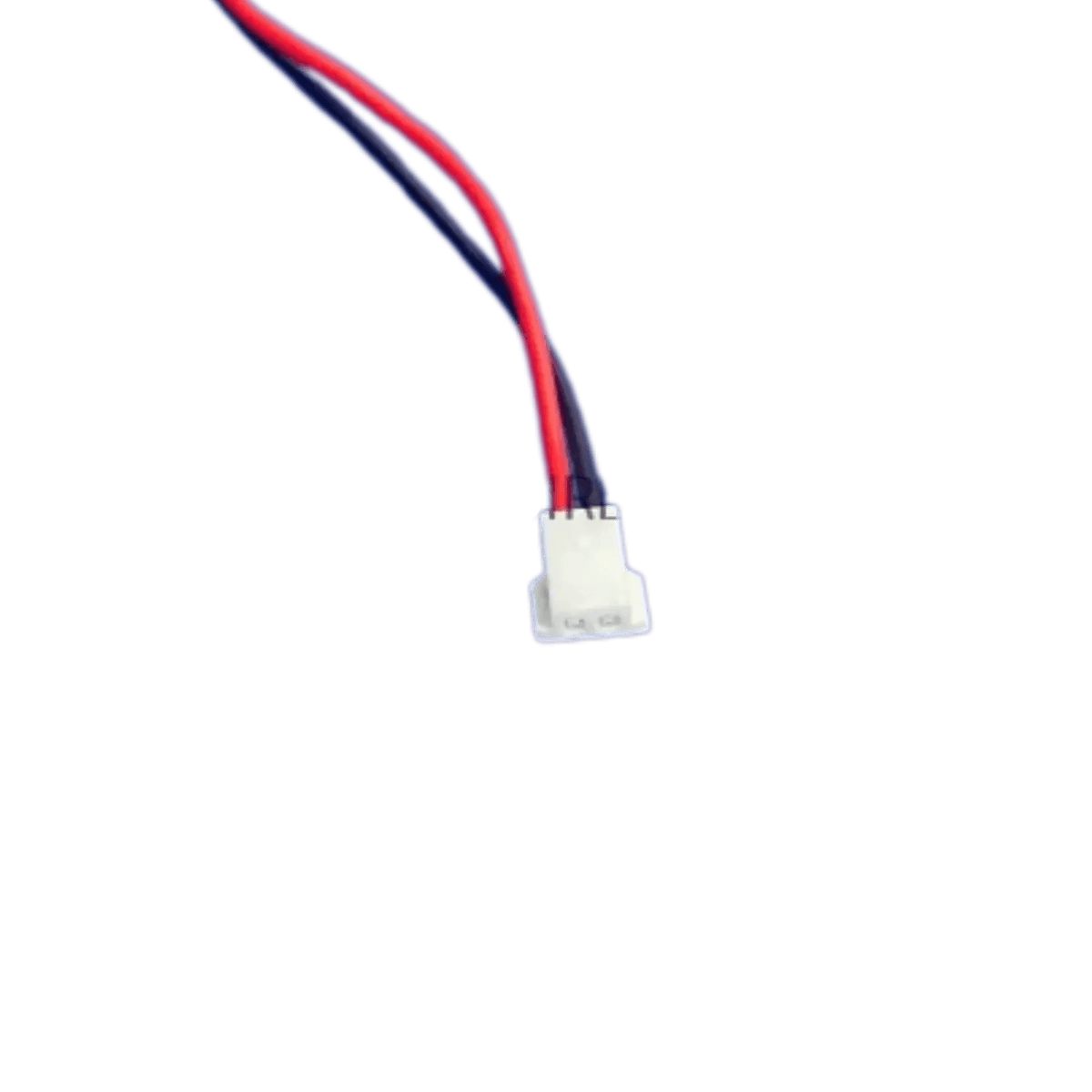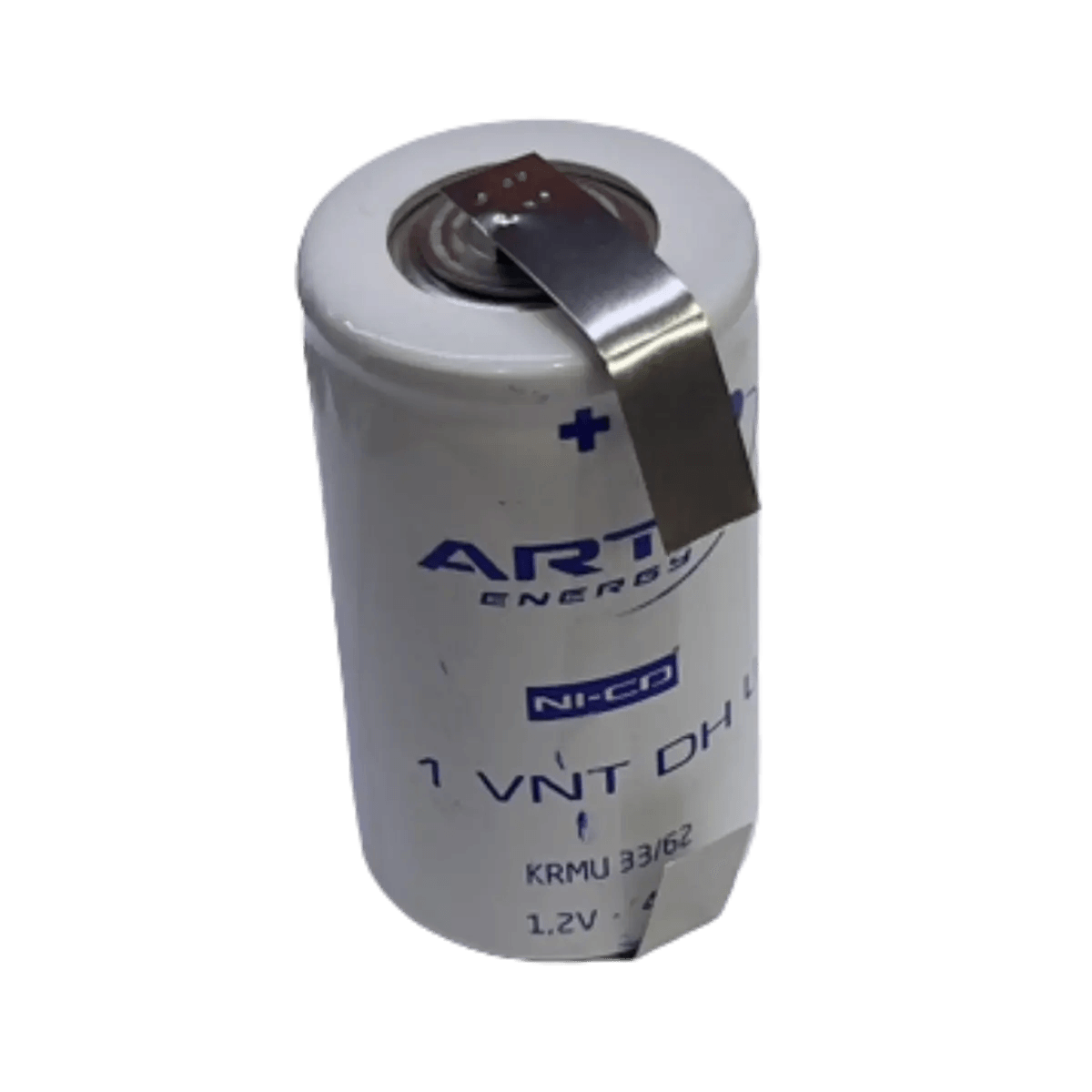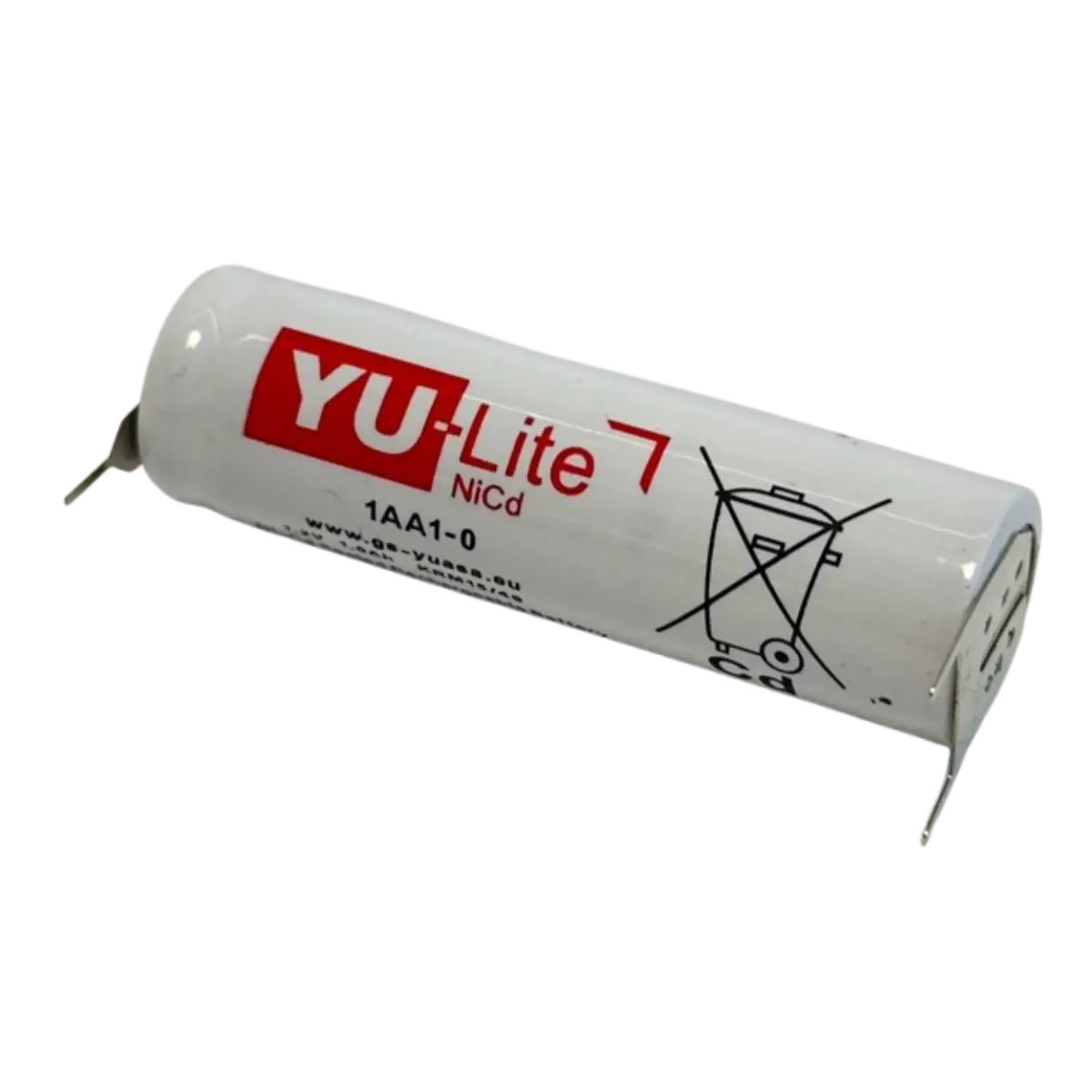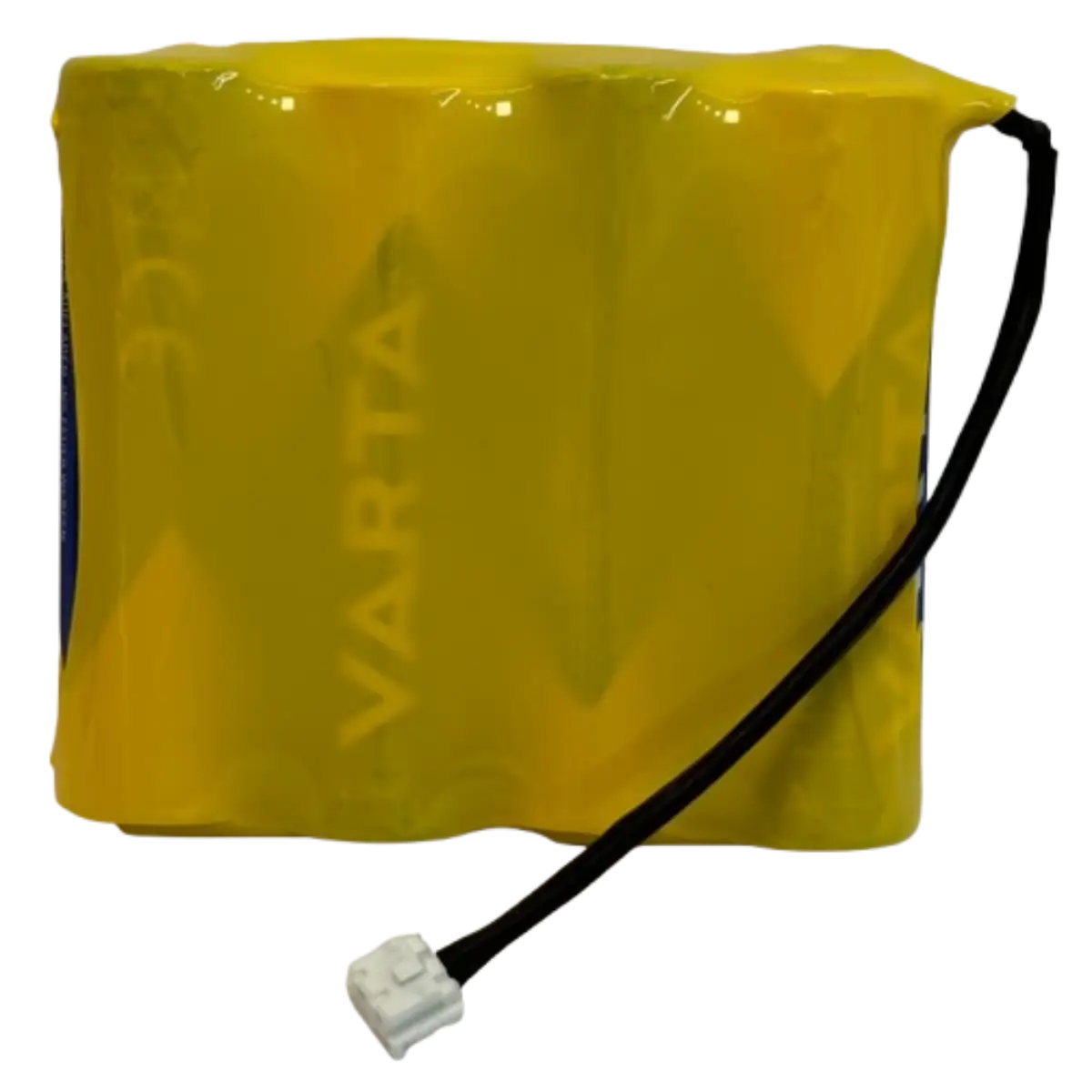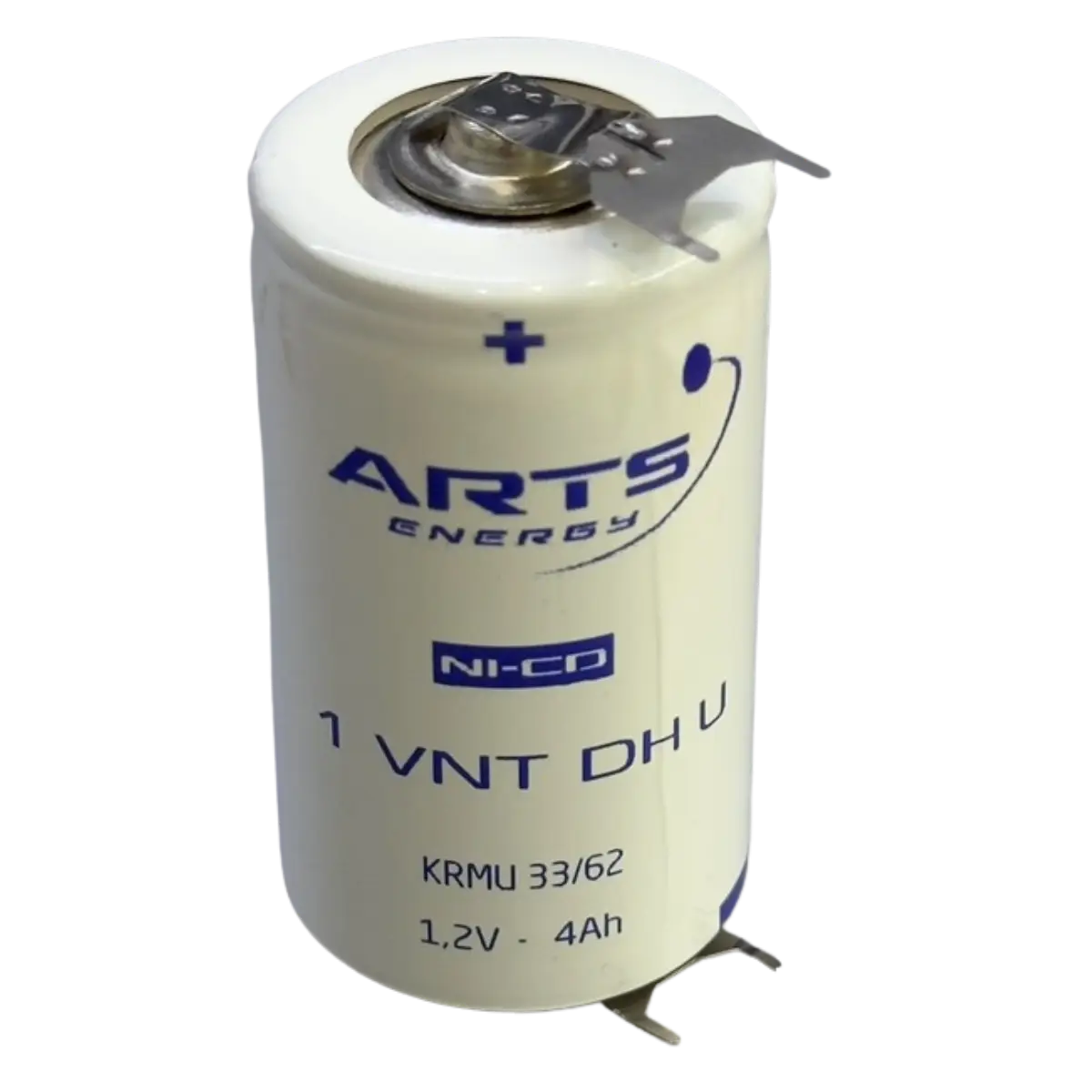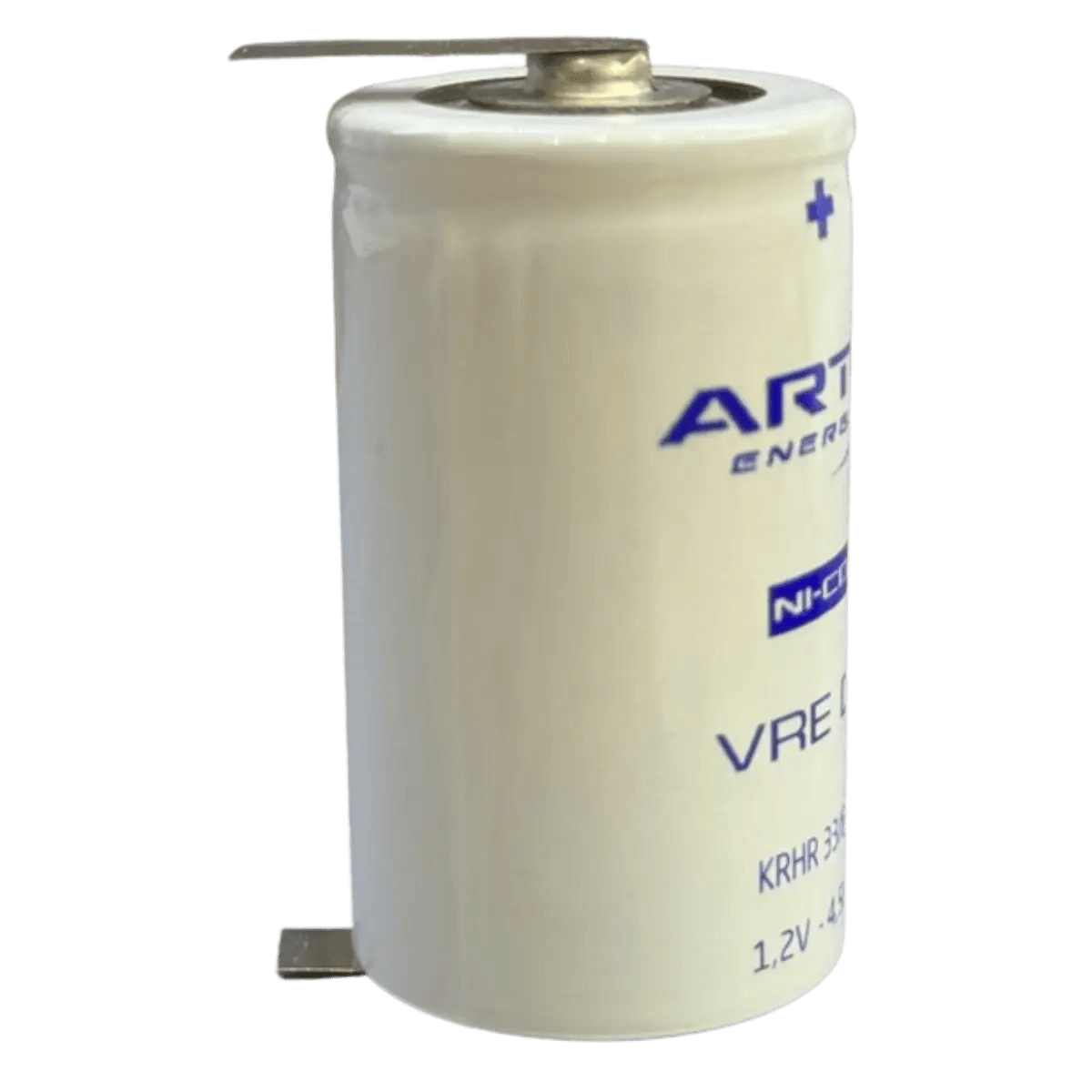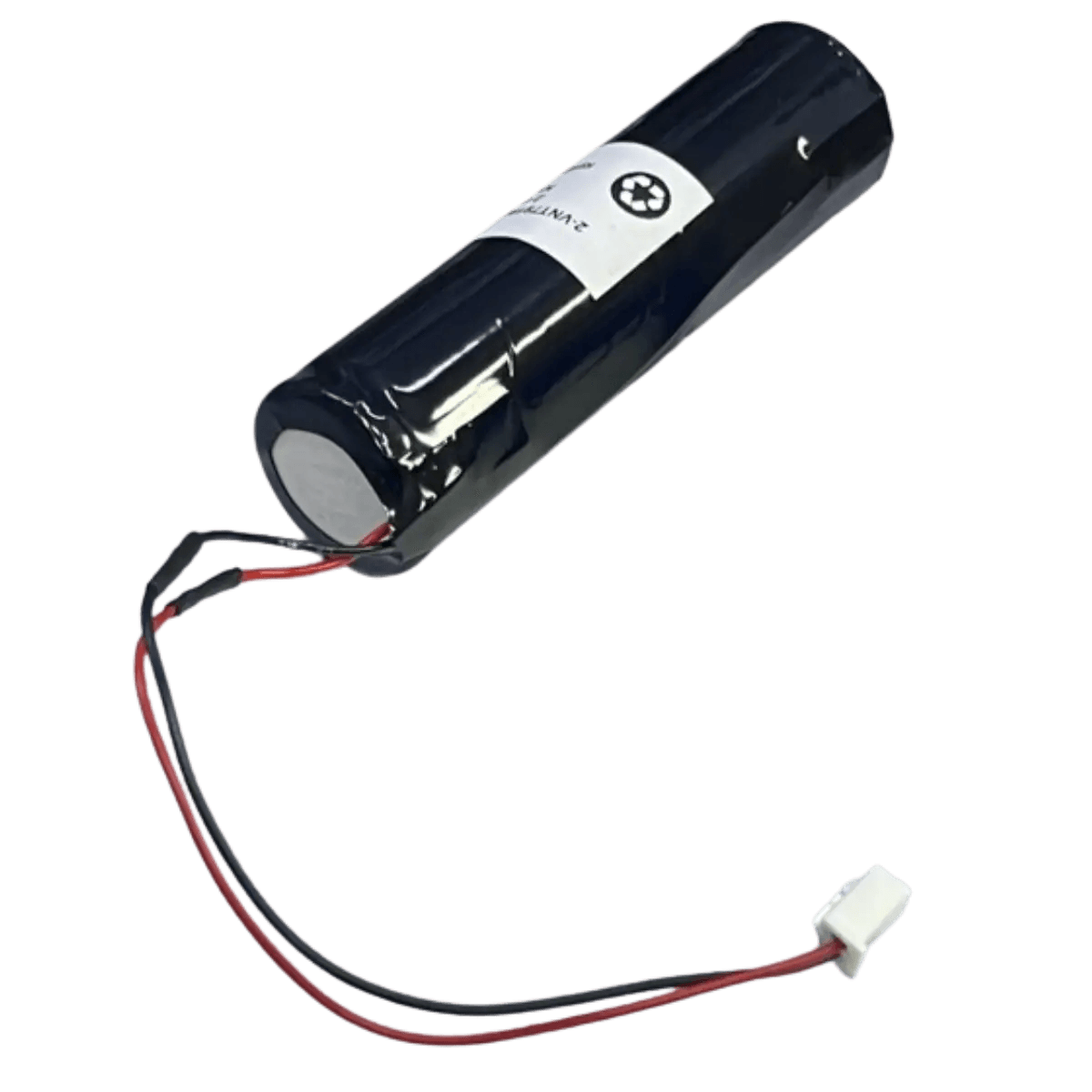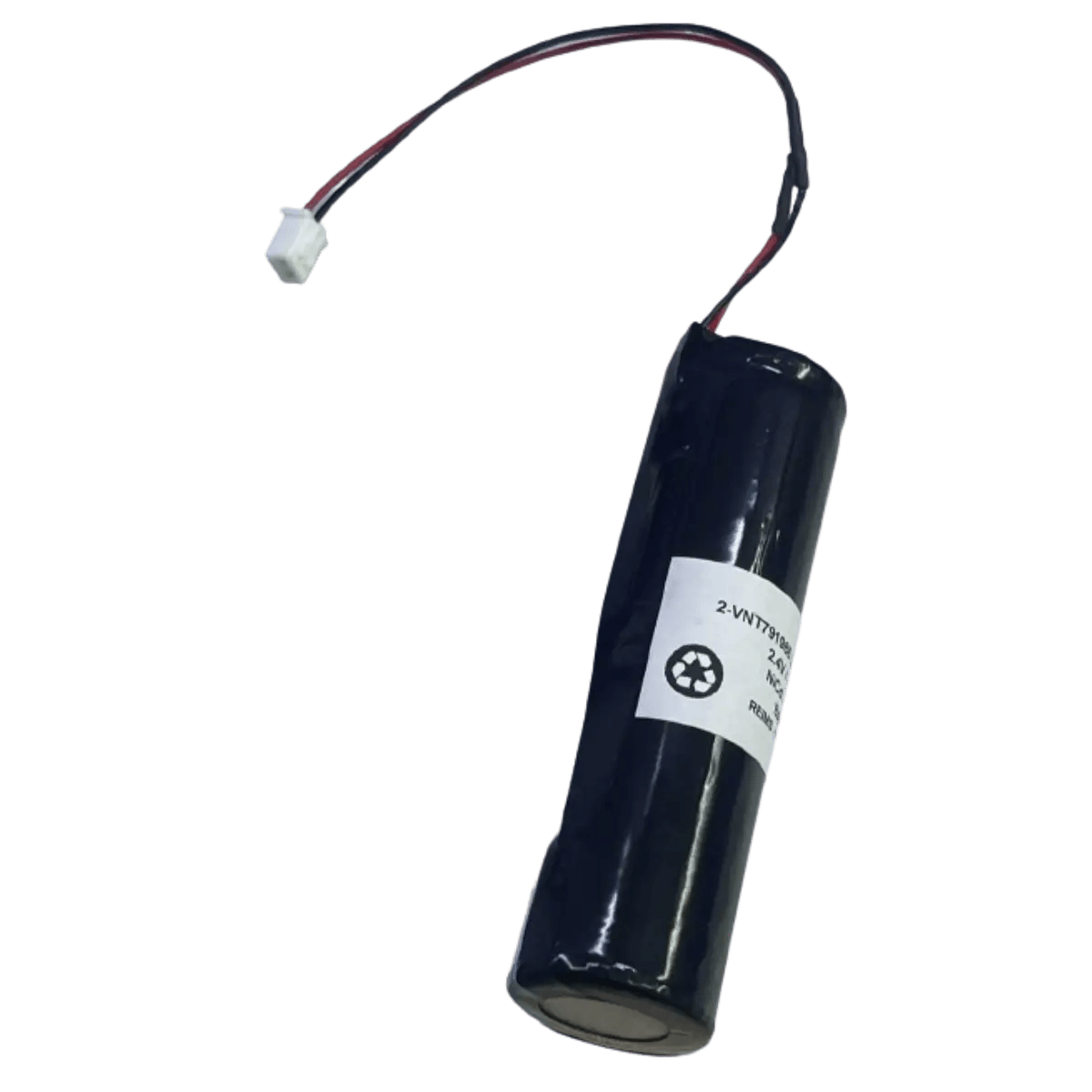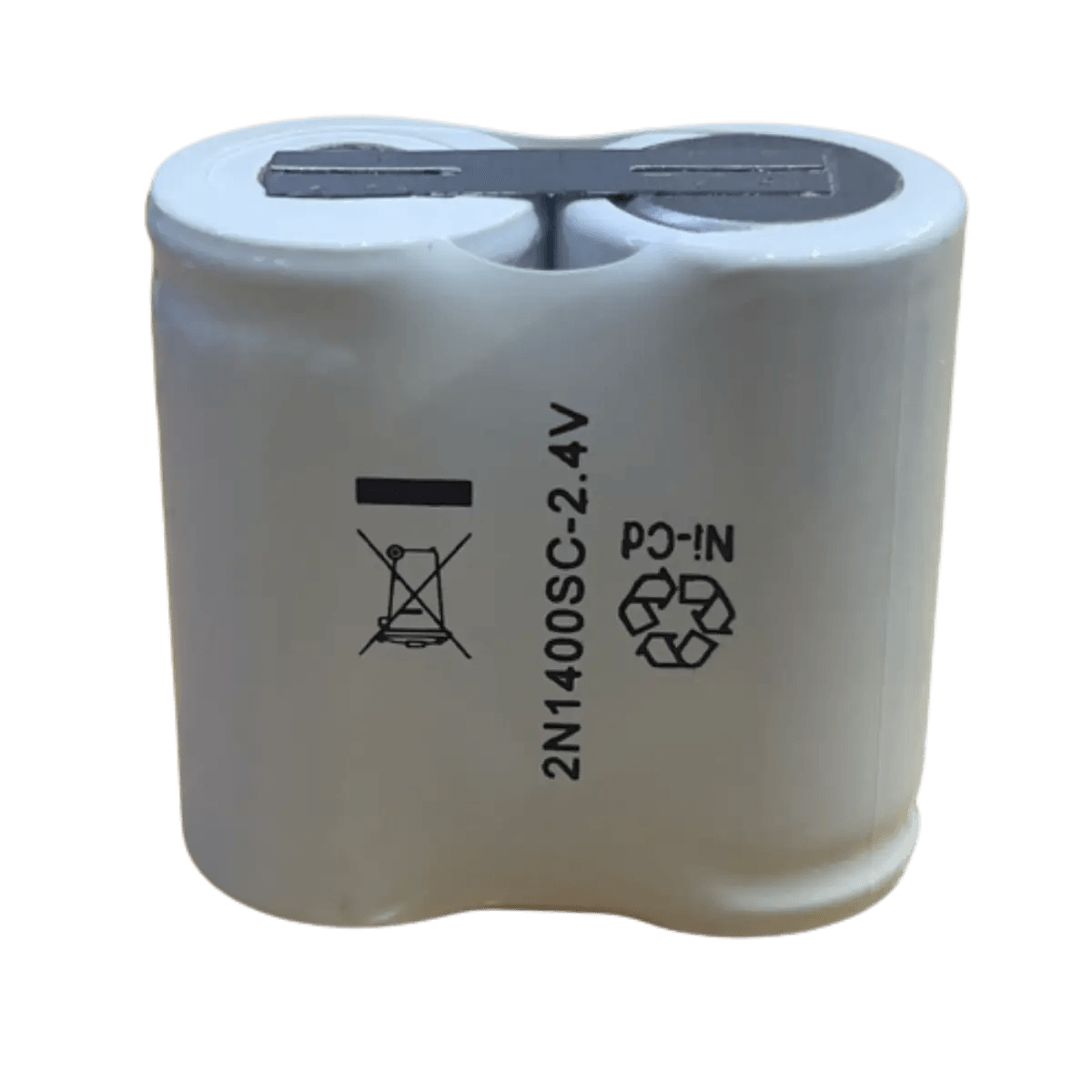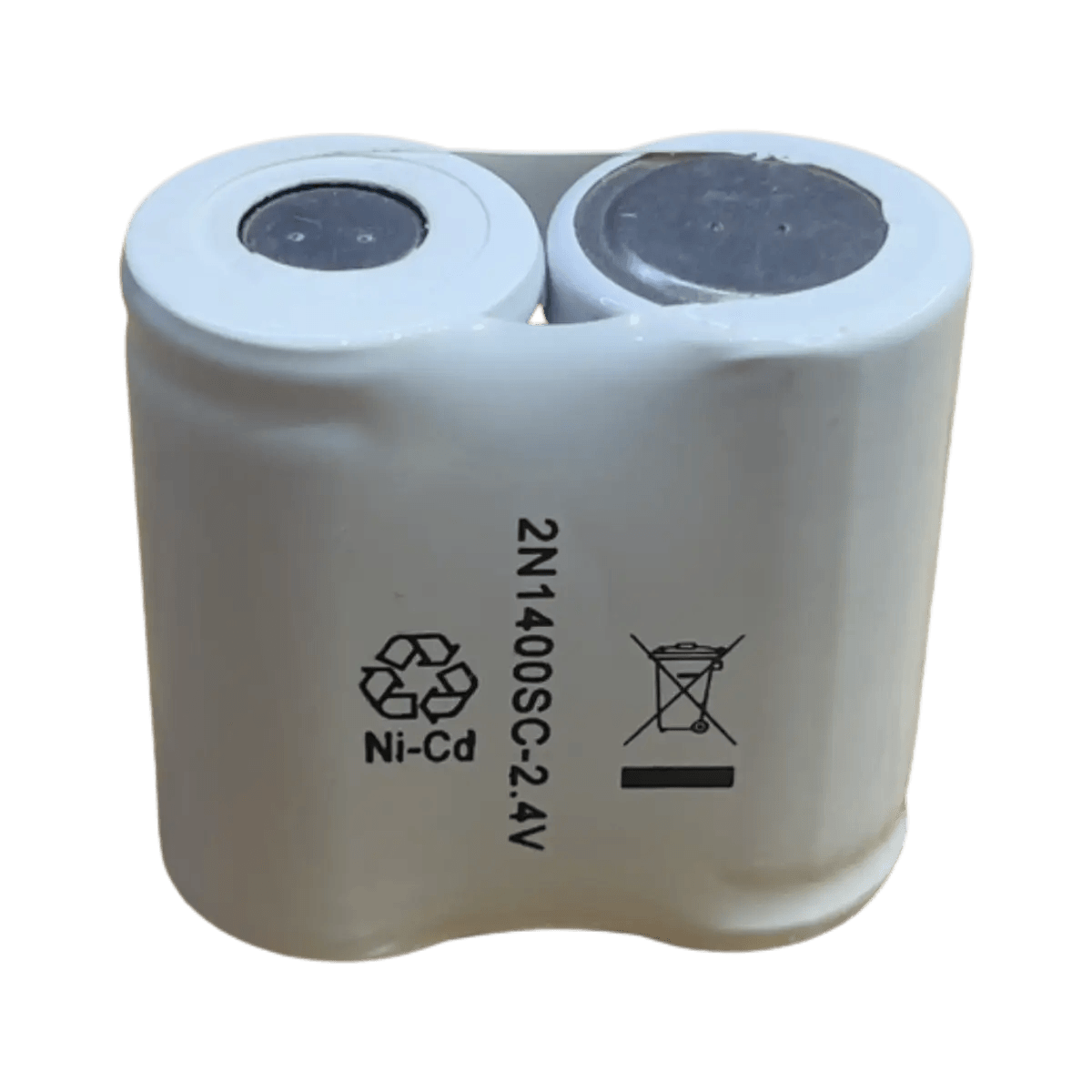Learn more about NiCD batteries
NiCd (nickel-cadmium) and NiMH (nickel-metal hydride) batteries are both types of rechargeable batteries, but they differ in several ways.
- Chemical composition: NiCd batteries use cadmium as the negative active material and nickel oxyhydroxide as the positive active material, while NiMH batteries use a nickel-based metal alloy as the negative active material and nickel oxyhydroxide as the positive active material.
- Capacity: NiMH batteries typically have a higher capacity than NiCd batteries. This means they can store more energy and provide a longer runtime. NiMH batteries are therefore often preferred for applications requiring longer runtimes.
- Memory effect: NiCd batteries are subject to the memory effect, which means that their total capacity can decrease if they are not fully discharged before being recharged. In contrast, NiMH batteries have a reduced memory effect, which means they are less susceptible to this phenomenon.
- Self-discharge rate: NiCd batteries have a higher self-discharge rate than NiMH batteries. This means that they lose their charge more quickly when not in use. NiMH batteries have a lower self-discharge rate, which allows them to hold their charge longer when not in use.
- Environmental impact: NiCd batteries contain cadmium, a toxic heavy metal, which can cause environmental problems when disposing of them. In contrast, NiMH batteries are considered more environmentally friendly because they do not contain cadmium.
It is important to note that both battery types have their own advantages and disadvantages, and the choice between NiCd and NiMH batteries depends on the specific needs of the application and individual preferences.
NiMH (nickel-metal hydride) batteries are rechargeable batteries that use a combination of nickel oxyhydroxide as the positive active material and a nickel-based metal alloy as the negative active material. They are an alternative to traditional disposable batteries and offer several advantages.
NiMH batteries are often used in common electronic devices such as remote controls, cameras, toys, flashlights, handheld game consoles, and many others. They are also used in more specialized applications such as medical devices, power tools, and hybrid vehicles.
Here are some key features of NiMH batteries:
- Rechargeability: NiMH batteries can be recharged several hundred times, making them economical and environmentally friendly. They significantly reduce the waste generated by disposable batteries.
- Capacity: NiMH batteries have a higher capacity than disposable alkaline batteries, which means they can store more energy and provide a longer runtime. This makes them ideal for high-drain devices.
- Reduced memory effect: Unlike NiCd batteries, NiMH batteries have a reduced memory effect, meaning they are less susceptible to capacity loss when not fully discharged before being recharged.
- Self-discharge rate: NiMH batteries have a higher self-discharge rate than lithium-ion batteries, meaning they lose their charge over time, even when not in use. However, recent technological advances have reduced the self-discharge rate of NiMH batteries.
- Safety: NiMH batteries are generally considered safe to use, but it is important to handle them correctly and follow the manufacturer's instructions for charging and storage.
NiMH batteries are widely available in the market and can be used as an environmentally friendly and cost-effective alternative to disposable batteries. They provide a reliable energy source for a variety of applications and are valued for their high storage capacity and repeatable rechargeability.
A nickel-cadmium (NiCd) battery is a type of rechargeable battery that operates on a chemical principle. It consists of two electrodes, an anode (negative electrode) made of cadmium and a cathode (positive electrode) made of nickel oxyhydroxide. These electrodes are separated by a porous separator soaked in an alkaline electrolyte, usually a solution of potash (potassium hydroxide).
When the NiCd battery is charged, an electric current is applied in the opposite direction of discharge. This current forces the positive cadmium ions (Cd2+) to migrate from the cathode to the anode, where they are reduced to metallic cadmium. At the same time, the negative nickel ions (NiOOH-) from the anode move to the cathode, where they undergo an oxidation reaction to form nickel oxyhydroxide (Ni(OH)2).
When the NiCd battery is discharged, the process is reversed. The metallic cadmium ions in the anode dissolve to form positive cadmium ions, while the nickel oxyhydroxide in the cathode reduces to form negative nickel ions. The electrons released during these chemical reactions are used to power the external circuit, providing a source of electricity.
The charge and discharge cycle can be repeated multiple times, allowing the NiCd battery to be reliably recharged and reused. However, it should be noted that NiCd batteries can be susceptible to the memory effect, which can reduce their energy storage capacity if they are not fully discharged before being recharged.
NiCd batteries are known for their durability, high current delivery capacity, and resistance to extreme temperatures. However, they contain cadmium, a toxic heavy metal, which requires proper handling and recycling to minimize their environmental impact.
Regenerating a NiCd battery can help partially restore its capacity and extend its life. Here are some general steps to regenerate a NiCd battery:
- Completely discharge the battery: Use the battery until it is completely discharged. This can be done by connecting it to a high-power device or by using a discharger specifically designed for NiCd batteries.
- Prepare an Activation Solution: Mix an activation solution using a mixture of distilled water and a small amount of citric acid (about 10% citric acid to 90% water). Be sure to handle citric acid with care and wear appropriate protective equipment.
- Immerse the battery cells: Open the battery by removing the caps or covers from each cell. Immerse the cells in the activation solution for a set period of time (usually a few hours) to allow the mixture to work on the internal components of the battery.
- Rinse the cells: After the immersion period, rinse the cells thoroughly with clean water to remove any remaining citric acid. Make sure the cells are completely dry before reassembling.
- Charge the battery: Use a charger specifically designed for NiCd batteries and charge the battery until it reaches full capacity. Follow the charger manufacturer's instructions for best results.
It is important to note that regenerating a NiCd battery may not always be effective, especially if the battery is very degraded. In addition, the use of citric acid and the handling of NiCd batteries can be hazardous. It is recommended to follow the manufacturer's instructions carefully and, if necessary, have the battery regenerated by qualified professionals.
It is also important to note that NiCd batteries are being used less and less due to their environmental limitations and their replacement by more modern technologies, such as NiMH and lithium-ion batteries.


